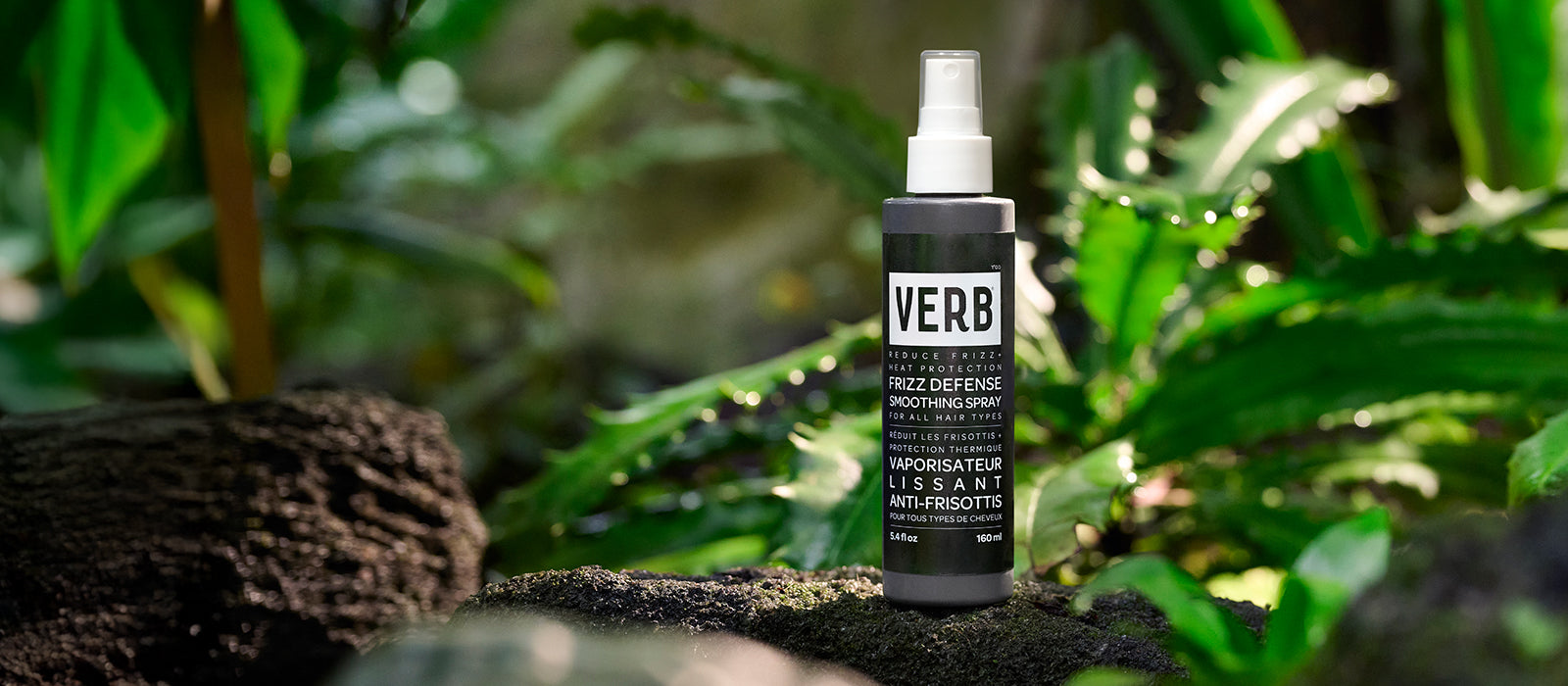Dandruff can be a frustrating and stubborn issue, with flakes and itching that often feel impossible to fully manage. In previous articles, we’ve covered what dandruff is (and what it’s caused by) as well as typical treatments. But if you’re still struggling with flakes, you might be dealing with a specific type of dandruff that needs a more targeted approach. Understanding these differences can help you find the right solution for your scalp, making it easier to get the results you want.
Are there different types of dandruff?
While it might seem like dandruff is just dandruff, there are actually several different types. Dandruff is caused by an overgrowth of a fungus called Malassezia, but the underlying factors that trigger this fungal growth can vary. This is why some shampoos or treatments work wonders for one person and do nothing for another. The key is knowing what type of dandruff you're dealing with so you can tailor your approach to your specific needs.
Types of dandruff
Not all flakes are created equal — here’s a closer look at the common types of dandruff and how to tell them apart:
Dry skin dandruff


The type you probably picture is dry skin dandruff, which is usually caused by a dry scalp. This can be from cold weather, harsh shampoos, or even not drinking enough water. It looks like small, white, flakes that tend to stick out on dark hair and may fall onto your shoulders (they often come with mild itchiness, too). Look for gentle dandruff shampoos that hydrate and nourish the scalp without stripping away natural oils.

try our new
dandruff shampoo
reduces the recurrence of
dandruff symptoms like
flakes, itchiness and irritation
Oil-based dandruff

On the other hand, oily dandruff occurs when your scalp produces too much sebum, leading to skin cells clumping together and forming larger, greasy flakes. These flakes are often yellowish and stick to the scalp and hair, sometimes making them appear oily. Shampoos with ingredients like zinc PCA can be especially helpful because they regulate sebum without over-drying the scalp. Exfoliating treatments and scalp massages can also help remove buildup, allowing your scalp to breathe and reset.
Fungal dandruff

As the name suggests, fungal dandruff is caused by an overgrowth of the naturally occurring fungus on the scalp, which can result in irritation, redness, and flaking. It’s often triggered by excess oil, humidity, or hormonal changes with white or yellow flakes, typically accompanied by scalp irritation and redness. Antifungal shampoos and treatments can help reduce the growth of fungus and alleviate symptoms.
Other types of dandruff
In some cases, dandruff can actually be a symptom of an underlying skin condition, such as:
Eczema

Eczema, or atopic dermatitis, can also affect the scalp and cause dry, itchy, and flaky patches. Flare-ups may be caused by stress, allergens, or environmental factors. Gentle, hydrating shampoos and treatments that soothe irritation and maintain moisture balance are best for eczema. Look for products free of harsh chemicals, fragrances, and sulfates.
Seborrheic dermatitis

This is a chronic form of eczema that affects more oily areas of the body (including the scalp) and results in red, greasy skin with flaky scales. The flakes are usually yellowish and can be accompanied by noticeable redness in the surrounding area. Managing this often involves soothing and balancing treatments like medicated shampoos, hydrocortisone, or antifungal creams that address both oil and inflammation.
Psoriasis

Source: Pinterest
Lastly, scalp psoriasis can also lead to dandruff-like symptoms. This is an autoimmune condition that speeds up skin cell growth, causing thick, silvery scales and red patches. It’s often more severe and may require targeted treatments to calm the skin and manage buildup. For example, medicated shampoos with coal tar, salicylic acid, or prescription treatments from a dermatologist can help manage scalp psoriasis.
Note from Verb: Remember, everyone's scalp is unique and it may take some patience to find the right approach to manage a flaky scalp. If natural or over-the-counter treatments aren't providing relief or the symptoms are getting worse, don't hesitate to seek professional medical advice from a doctor.
Combat dandruff symptoms with Verb® Dandruff Shampoo

dermatologist approved
color safe
formulated with:
- 3% salicylic acid
- zinc PCA
- clary sage oil
Identifying the type of dandruff you have is key to finding a treatment that works. Whether you're dealing with dryness, excess oil, fungal overgrowth, or a skin condition like eczema or psoriasis, the right products can make a world of difference. Our new Dandruff Shampoo is a gentle yet effective option formulated with 3% salicylic acid and zinc PCA to address a variety of dandruff types. It's clinically proven to significantly reduce dandruff symptoms after just one use* and reduces the recurrence of dandruff symptoms without stripping the hair of moisture*.
*based on a 21-day clinical study of 30 participants











